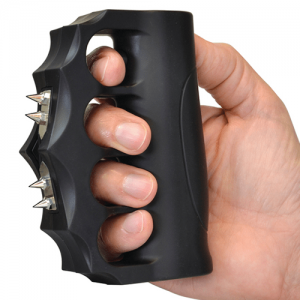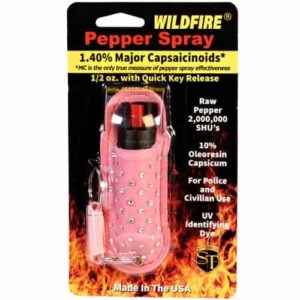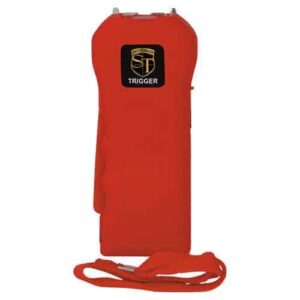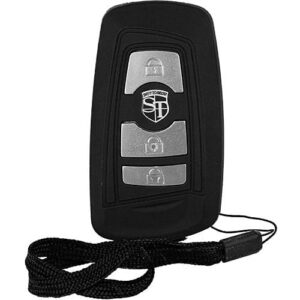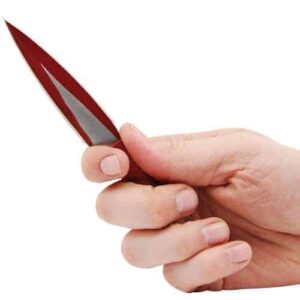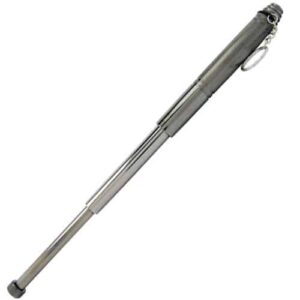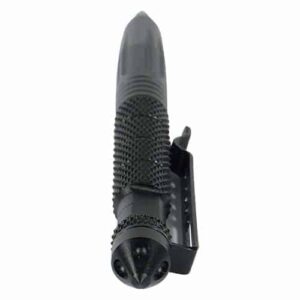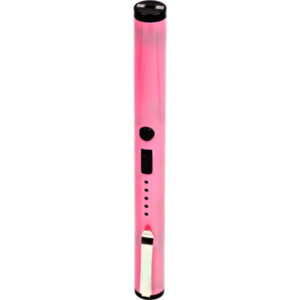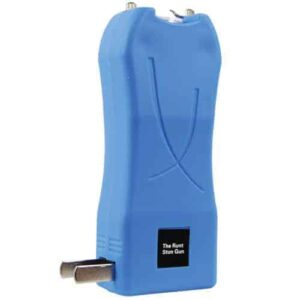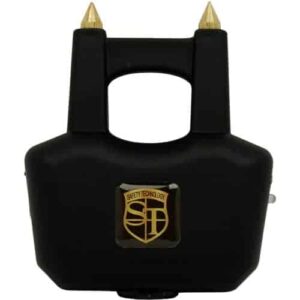pepper spray training beckons you, promising to equip you with the skills and knowledge necessary to effectively and responsibly deploy this non-lethal self-defense tool. Designed for everybody willing to learn, this enlightening piece is brimming with invaluable insights and practical guides that could make a world of difference in a potentially dangerous situation. Navigate this article and gain mastery of the nuances involved in handling, using and understanding the effectiveness of pepper spray.

Table of Contents
TogglePepper Spray Training
As you navigate the world, personal safety often holds paramount importance. One tool that you might consider employing as part of your personal safety toolkit is pepper spray. However, using pepper spray effectively requires more than simply pressing a button—it requires knowledge, preparation, and training. In essence, this is what pepper spray training involves – providing you with the knowledge, skills, and practice needed to use this tool safely and effectively.
What is Pepper Spray?
Definition
Pepper spray, also known as OC spray (from “oleoresin capsicum”), is a lachrymatory agent used in policing, riot control, crowd control, and personal self-defense, including defense against dogs and bears. It’s a powerful tool designed to temporarily disable an attacker without causing serious harm or injury.
Active Ingredients
The primary active ingredient in pepper spray is capsaicin, a chemical derived from the fruit of plants in the Capsicum genus, including chilis. Capsaicin is the component that gives these plants their “heat,” and in pepper spray, it’s used in a highly concentrated form to irritate the eyes and respiratory system to the point of incapacitation.

Why is Pepper Spray Training Important?
Safety
Pepper spray training is crucial for your safety and the safety of those around you. If used improperly, pepper spray can have severe effects on the user as well as the intended target. Training helps you understand the correct way to handle and use this tool to prevent accidental discharges or exposure.
Effectiveness
Training also enhances the effectiveness of pepper spray use. It’s not enough simply to carry pepper spray—you need to know how to use it effectively in high-pressure situations where your safety or life may be at risk. Training provides you with the necessary techniques to aim accurately and administer the spray effectively.
Legal Aspects of Pepper Spray
Laws and Regulations
Like many self-defense tools, the use of pepper spray is governed by laws and regulations that vary by location. In some countries and states, it’s entirely illegal, while in other areas, it is allowed for self-defense purposes. As such, understanding the local laws around pepper spray use is critical.
Restricted Areas
Even where pepper spray is legal, some specific locations may prohibit its use or its possession. For instance, it’s typically illegal to carry pepper spray onto a commercial flight. Similarly, many government buildings, schools, and private properties may have restrictions. As such, one should always check for restrictions in the areas in which they intend to carry pepper spray.

Choosing the Right Pepper Spray
Types of Pepper Spray
Pepper sprays come in several forms: stream, gel, and fog. Each type has its benefits and drawbacks and is suited to different situations. Stream sprays have a longer range, but require more accurate aim; gel sprays stick to an attacker, reducing the chance for you to be affected but have a shorter range; and fog sprays cover a wide area, making accuracy less of an issue.
Factors to Consider
When choosing a pepper spray, consider factors such as the spray pattern, strength, size, and safety features. Additionally, consider your environment and lifestyle. If you often walk alone at night, for instance, a pepper spray with UV dye can help police identify an attacker later.
Preparing for Pepper Spray Training
Safety Equipment
Like any physical training, safety comes first. Protective gear like gloves and safety goggles can help prevent injury during training. In some cases, a training-specific spray (with reduced capsaicin) might be used.
Physical and Mental Preparation
You should approach pepper spray training physically and mentally prepared. This is not just about physical fitness; it’s about understanding the gravity of using a self-defense tool and being ready to face the potential physical and emotional consequences.

Basic Techniques of Using Pepper Spray
Proper Grip and Stance
A firm grip and a proper stance are crucial when using pepper spray. These ensure you maintain control over the spray canister and effectively direct the spray at your attacker. Training will guide you on how to hold the canister and how to position yourself for maximum effectiveness.
Aiming and Targeting
Accuracy is vital when using pepper spray. You must aim for an attacker’s face, specifically their eyes and nose. In high stress situations, this can be more challenging than it seems. Through repetitive training, however, you can learn to target effectively even under pressure.
Understanding the Effects of Pepper Spray
Immediate Impact
Pepper spray causes an immediate burning sensation in the eyes, difficulty breathing, and a feeling of disorientation in the subject. Recognizing these effects can prepare you to respond appropriately during a real-life application.
Aftereffects and Recovery
The aftermath of pepper spray to an unprepared individual can be disconcerting. Understanding the aftereffects, such as prolonged burning, irritated skin, and temporary blindness, can give you the reassurance that these effects are temporary and recovery usually occurs without long-term side effects. A water and baby shampoo mixture is often advised to alleviate the symptoms faster.

Dealing with Wind and Environmental Factors
Optimal Weather Conditions
Weather factors can impact the effectiveness of pepper spray. Ideally, calm weather conditions are best as strong winds could blow the spray back at you. If you are in windy conditions, take note of the wind direction before spraying.
Mitigating Environmental Challenges
Environmental challenges like rain or cold temperatures may also affect your use of pepper spray. Training can help you understand how to mitigate these factors, ensuring you can still use your spray effectively in a variety of scenarios.
Maintaining and Replacing Pepper Spray
Expiration Dates
All pepper spray canisters come with an expiration date, after which the strength of the spray can diminish. Therefore, it’s essential to always know the expiration date of your canister and replace it accordingly.
Storage and Maintenance
Store your pepper spray in a cool, dry place away from the reach of children. Regularly check the canister for any leaks or any signs of damage. Regular maintenance also includes testing the spray every few months to ensure it’s working correctly.
In conclusion, pepper spray can be a highly effective self-defense tool, but only when used and handled correctly. Undertaking pepper spray training allows you to utilize this tool in the most effective manner, equipping you with the right skills and understanding to protect yourself better.



